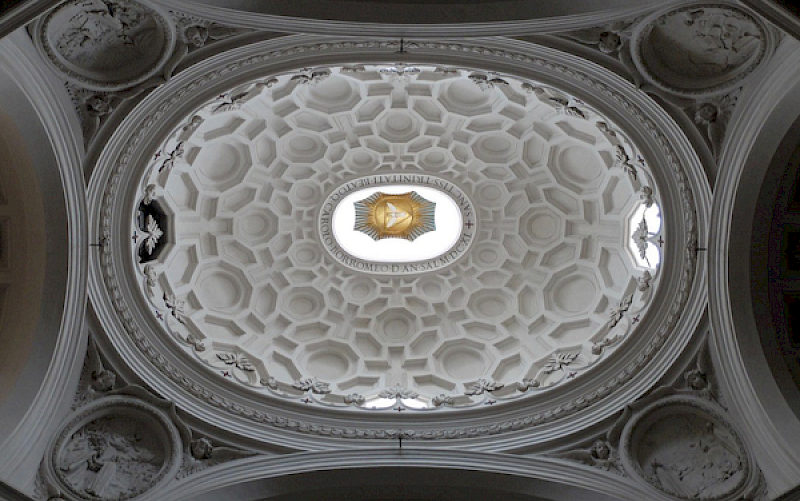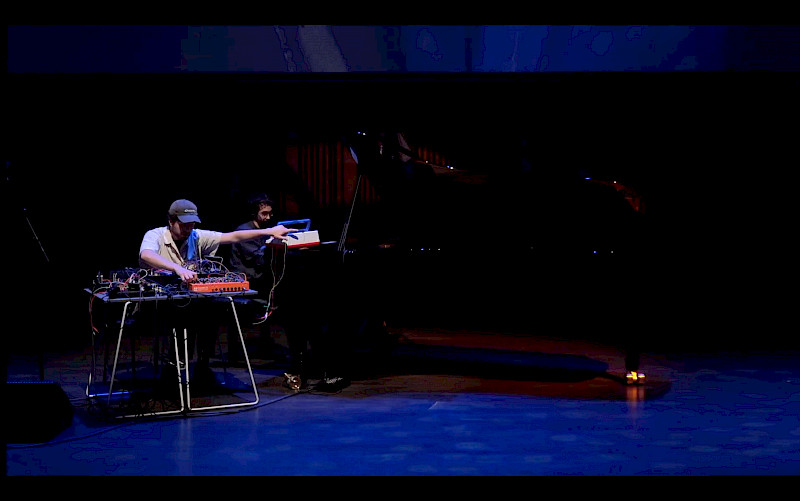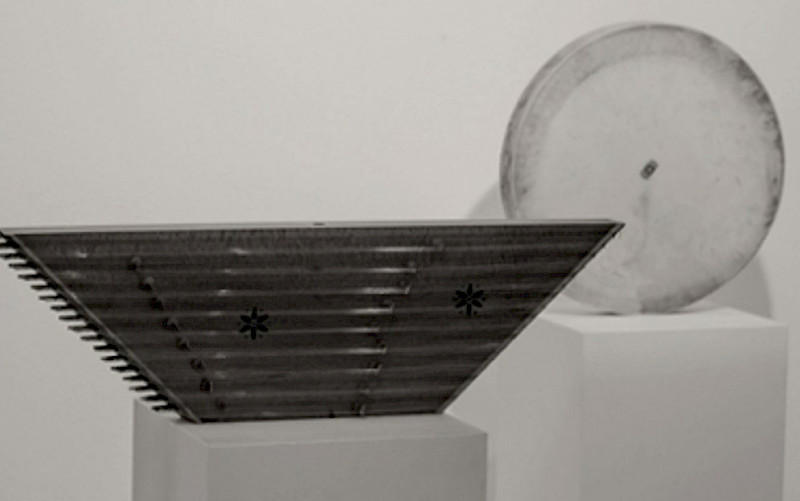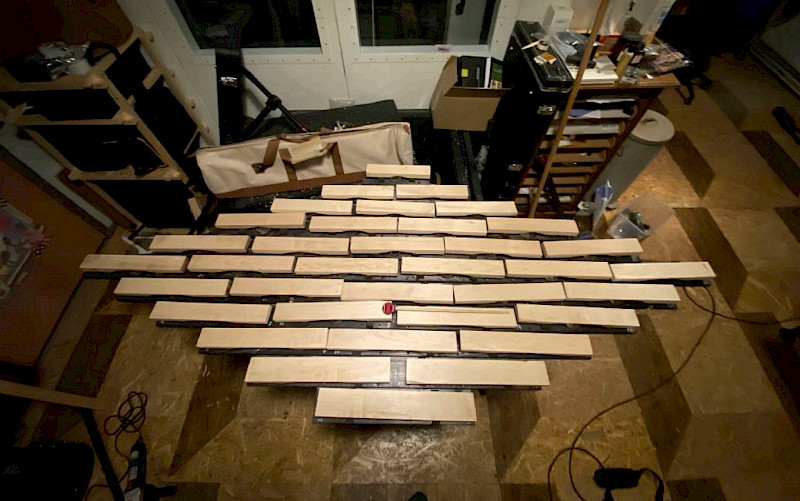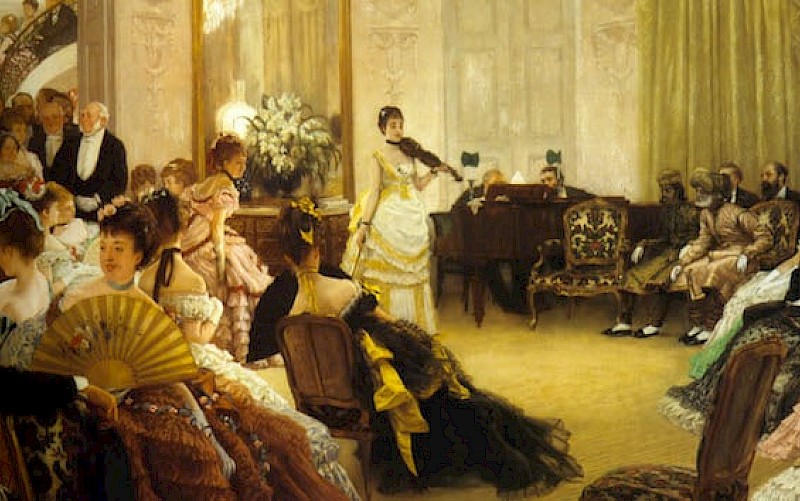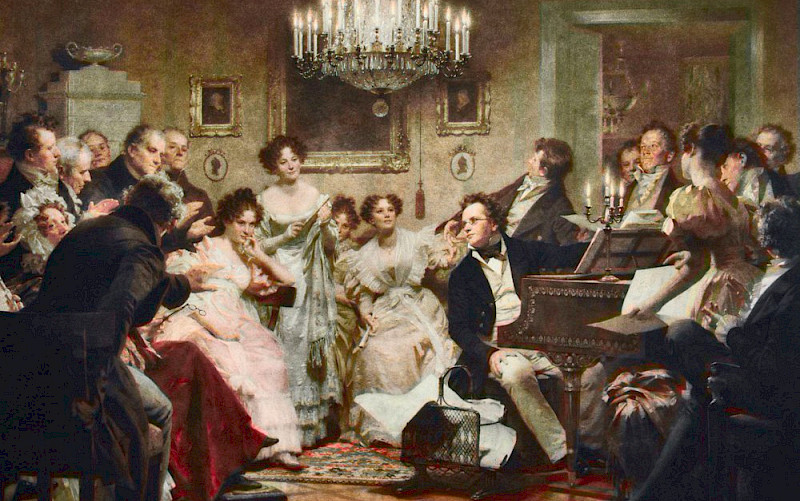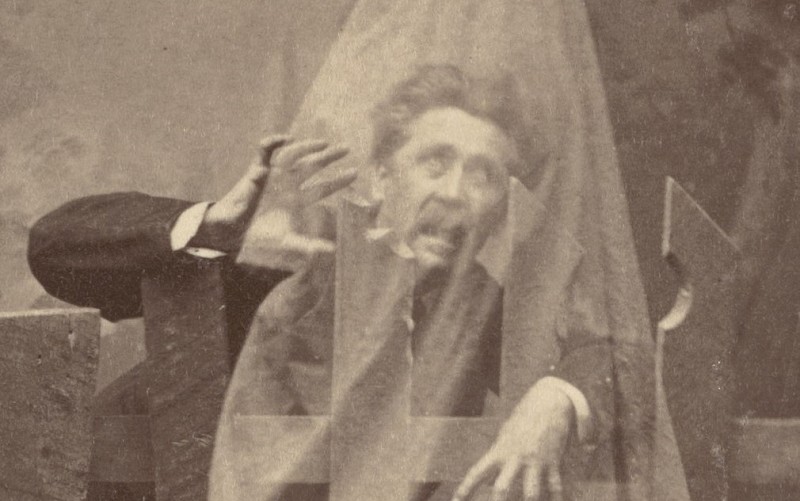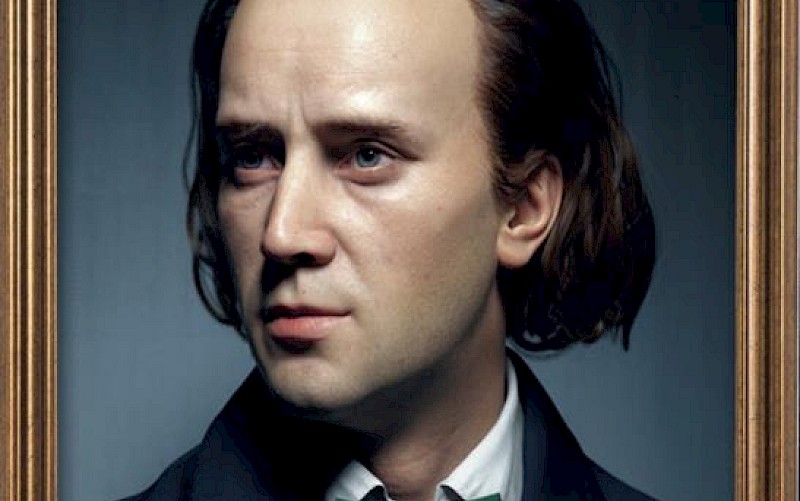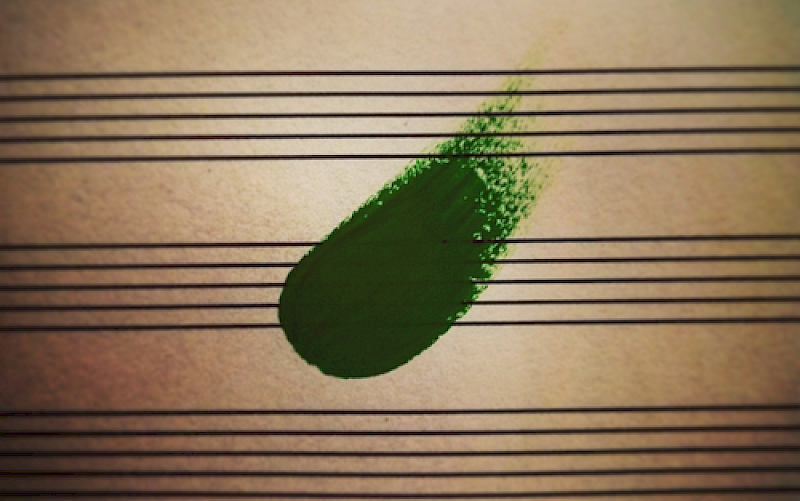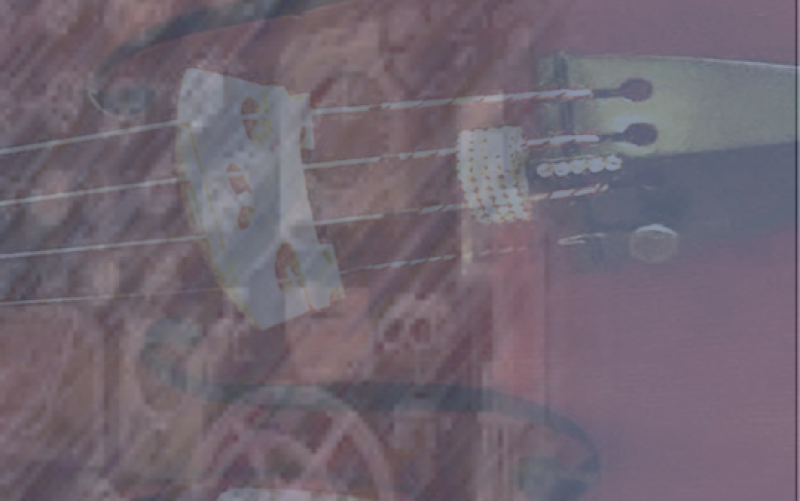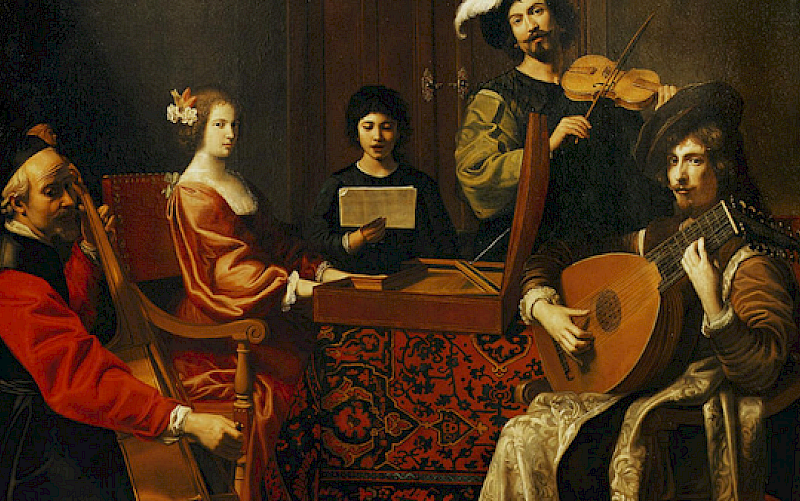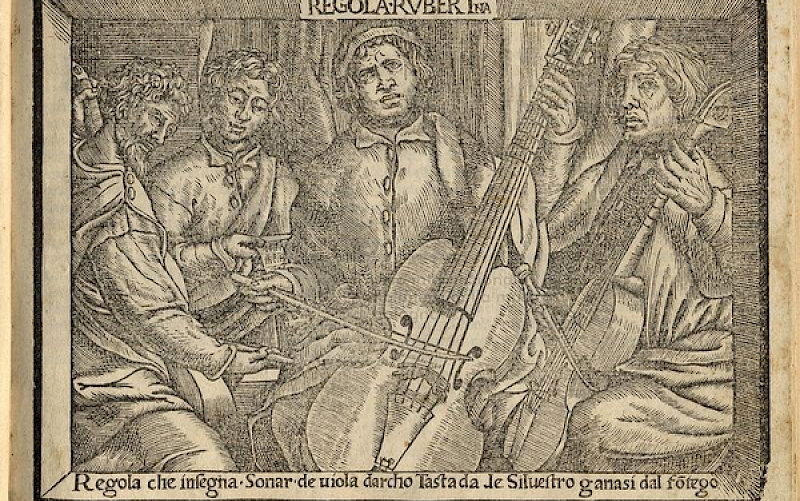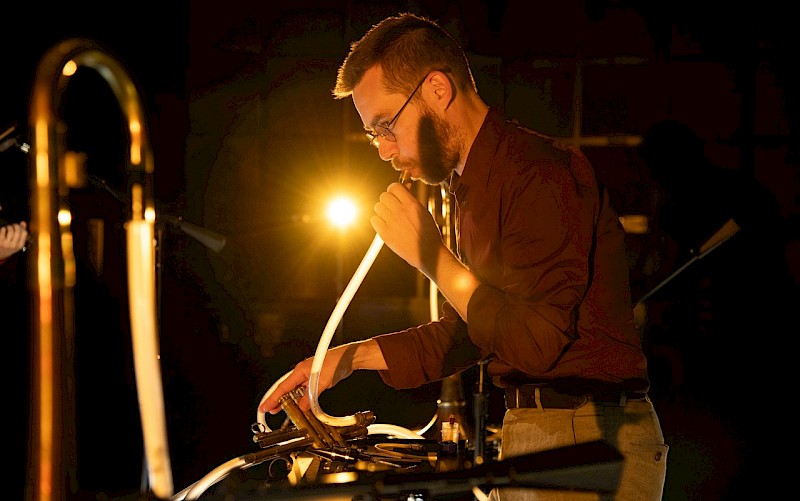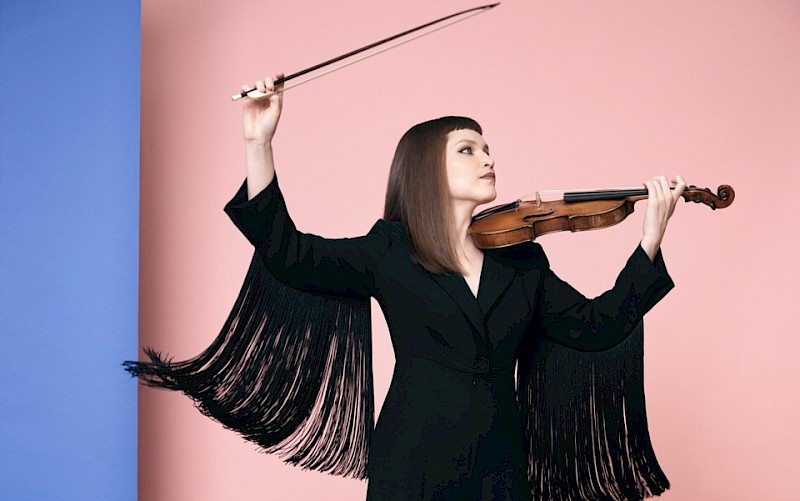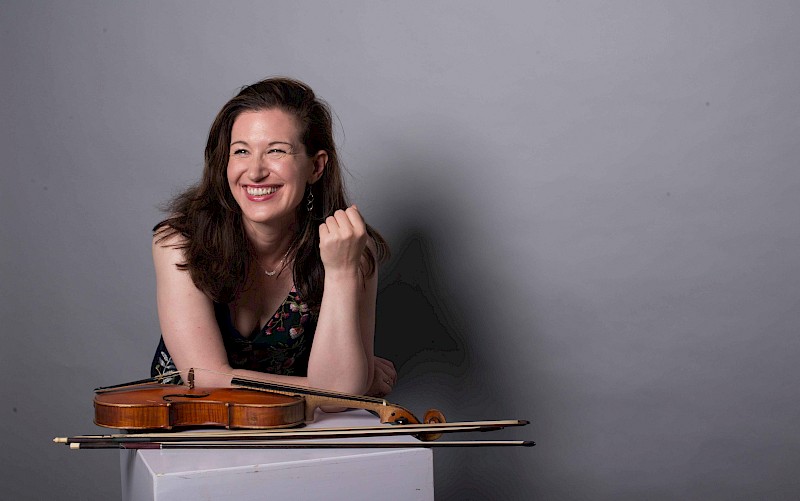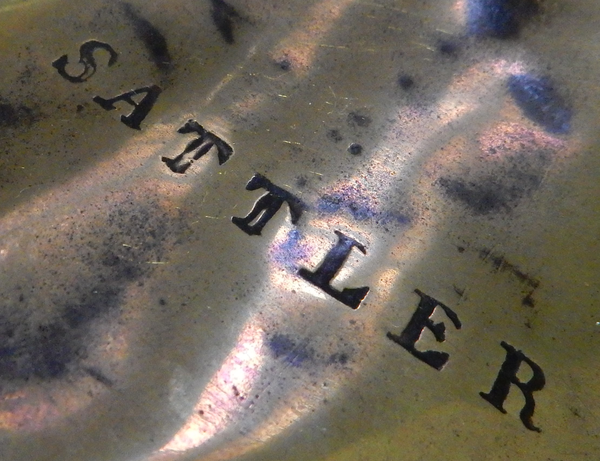
Searching for Sattler
Abstract Name: Timothy Dowling Main Subject: Trombone Research Supervisor: Charles Toet Title of research: “Searching for Sattler; Reproducing a Romantic Trombone”. The history and development of the trombone, particularly in Leipzig, between Beethoven’s Fifth and Schumann’s Rhenish Symphonies, 1808-1851 Research Question: Does the prevailing tendency within the so-called “Historically Informed” performance tradition of performing early nineteenth century German composers’ trombone parts on narrow bore classical( or even baroque) reproduction instruments or modern German trombones truly reflect the performance practice of the trombonists performing in orchestras within the time period of this study? What were the instruments used by the original performers? Who were the builders of these instruments and what were their dimensions? Is it now possible to build a truly idiomatic mid nineteenth century German style trombone based upon traditional techniques that truly reflects the sound world of the early nineteenth century orchestra? Summary of results: After extensively examining in detail the use of trombones in orchestras between 1808 and 1851 in an historical context, I have concluded that the current common practice of performing the trombone parts of the music of mid century German composers such as Mendelssohn and Schumann on the standard reproduction classical trombones of three different sizes and pitches : alto, tenor, and bass, is unlikely to be an accurate representation of the instruments used, particularly in Leipzig, during the time period of Mendelssohn’s directorship of the Gewandhaus Orchestra, where most of this repertoire was first performed. After meeting instrument builders, instrument collectors, and viewing and measuring many instruments in museums and private collections, I have concluded that it is possible and desirable to design and build a set of Romantic reproduction trombones based on models of the Leipzig master instrument builder Christian Friedrich Sattler and his successor Johann Christoph Penzel, that could accurately represent the trombone sound for which Mendelssohn and Schumann wrote. In this study I have made a detailed proposal (within the scope of my expertise) as to how these instruments should be built and it is my fervent hope that in so doing I can add to the understanding and advancement of nineteenth century trombone performance practice among trombonists for both “authentic” performance practitioners and modern symphonic trombonists. Biography: Melbourne-born trombonist Timothy Dowling began his professional career in Australia in 1979, performing in four different Australian orchestras before being appointed to his current position of solo trombonist of the Residentie Orchestra in The Hague in 1988. He is also a noted performer on historical instruments, and is a founder member of baroque ensemble In Stil Moderno and is currently principal trombonist with Anima Eterna Bruges. He has been teaching modern trombone at the Royal Conservatoire since 2006.
Author: Timothy Dowling (KC)
